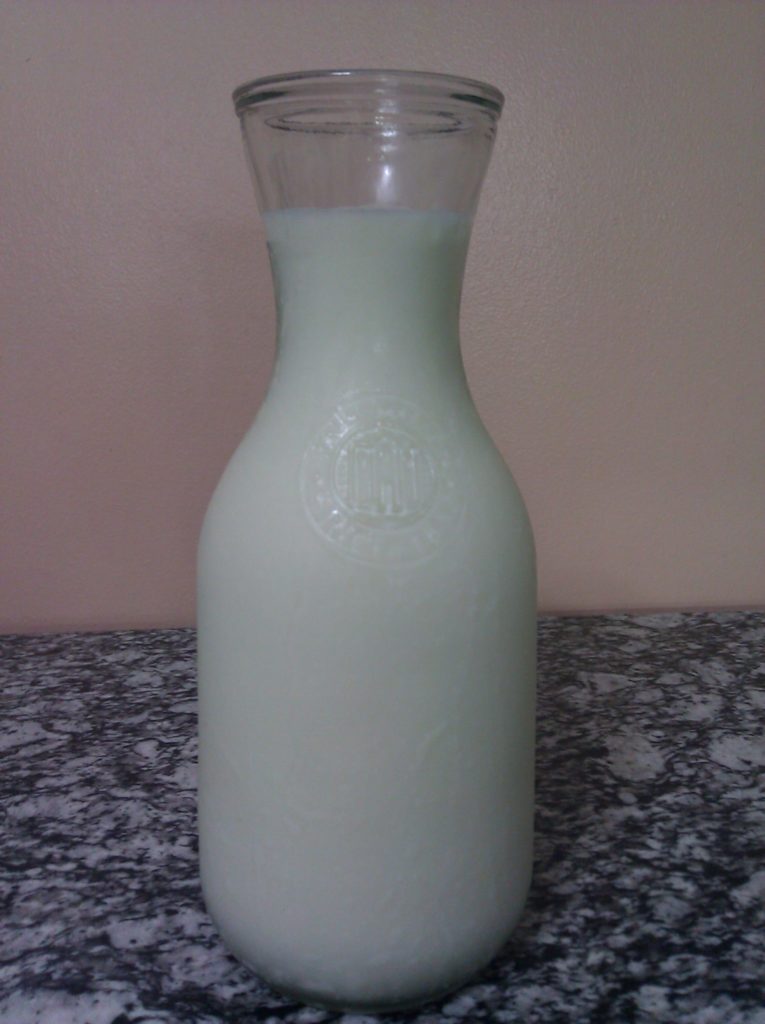
One of the most exciting things that has happened with this blog over the past year is a large increase in the international readership. This is exciting to me as they bring a unique perspective to the discussion, contribute suggestions and ask questions that those of us living in the United States have perhaps never considered before.
One question that I’ve been getting recently, particularly from readers in India and Eastern Europe, is how to consume raw dairy safely when the cleanliness of the source is questionable.
People in these countries typically boil their raw milk first before drinking. However, the information they were reading on this blog and elsewhere about the health benefits of raw milk had prompted them to reconsider this practice. They wanted to start consuming fresh dairy in order to enjoy the significantly improved nutritional profile of milk that has been completely unheated.
What to do in this situation? I put this question to Tim Wightman, President of the Farm to Consumer Foundation and grassbased farmer extraordinaire to see what he had to say.
Three Methods for Ensuring Raw Milk Quality
If you are unsure of your raw milk source or are using it for the first time and are not yet 100% comfortable with your decision, try one or all of these methods to set your mind at ease:
- Buy only small amounts of raw milk at a time and use up within one to three days. Bacteria that cause food borne illness with the exception of Campylobactor require more than a few days to develop in the quantities necessary to cause human illness.
- Make homemade (unheated) kefir with the raw milk before consuming. If the milk is of questionable quality, the kefir won’t set right and the end result will be whey and milk solids or a very runny kefir that won’t be desirable for consumption.
- Probably the best way to drink raw milk and have peace of mind even if you are not completely sure of the cleanliness of your source is to freeze the milk for two weeks first before thawing and then drinking. Food or drink frozen for that period of time is considered safe to consume. As a bonus, raw milk that is frozen and thawed that ends up quite close to its original form with only just a few very small milk solids floating around is a good indication of quality milk.
Sarah, The Healthy Home Economist








Would you drink conventional grain fed non organic raw milk if this is the only one you can find?
Hi if there’s was E. coli or harmfulness in the milk will freezing it kill it ?
No, freezing does not kill e coli.